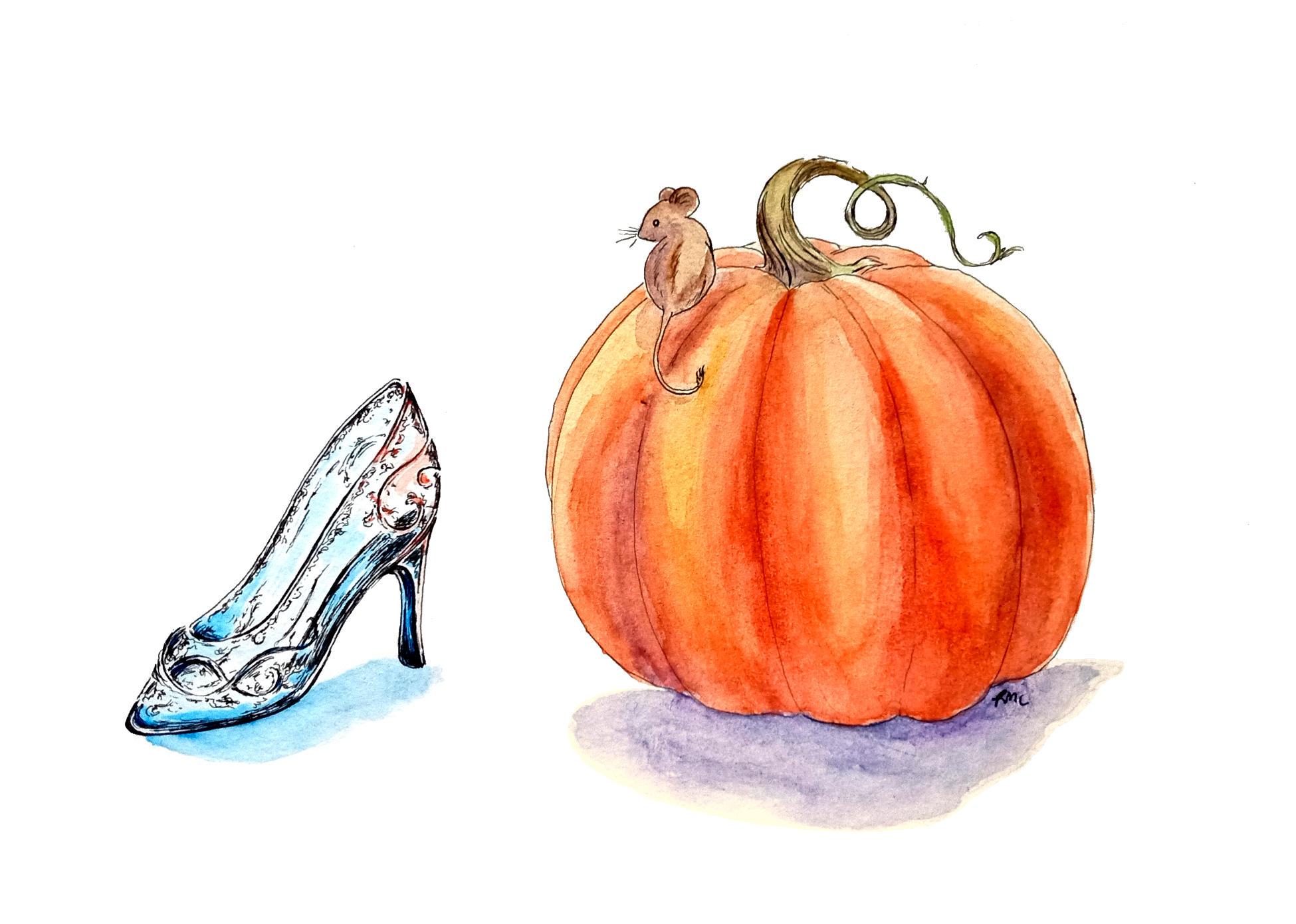Revisiting contra
I lived in North Carolina a few years ago for a brief period, and while I’ve lost touch with everyone I knew then, the best thing I took away was contra dancing.
I moved to New Hampshire just before the start of COVID, and so haven’t pursued contra dances in several years, but I recently found a group which meets regularly all year-round not far from home. Both of these qualities are unusual, in my experience. Contra dancing as a hobby is akin to being part of an underground network, where no one knows anyone’s last name, which meets in a new location every time, and which requires deep research or word of mouth to find when and where the next meeting will be.
I had the sense at this particular dance that I was walking into a tightly-knit community event, made up of people who attended regularly and mostly knew each other (but then, it’s a trait among humans to see themselves as outsiders in new situations, regardless of evidence). A few of my fellow dancers recognized each other, even though they both lived hours away. “I’ve danced with you, haven’t I?” – meaning, not here, but at some other dance somewhere else, when we’ve both traveled halfway across the state. In New Hampshire, where the next state is no more than an hour in any direction, it seems particularly commonplace to drive to Massachussetts, Vermont, and Maine to find the next contra dance. Contra dancing is, I think, slightly addictive.
In all the contra dances I’ve attended, it’s usually been the older folks who are the best dancers. They’re familiar with the calls and the steps, and often have the best sense of rhythm, and usually, they make up a large demographic of the dancers. At this dance, the median age was probably in the fifties. One of my partners, Rich, cheerfully declared that he went to his first dance at the age of ten – in 1959. He was seventy-four, and probably the most enthusiastic dancer in the room.
The older, more experienced dancers are also typically better at asking partners to dance. I’ve been to many dances where I sat out, or, after I learned the gent’s role, where I invited other ladies to dance with me. At this dance, I was courteously invited to the floor for every dance. In fact, I’d considered leaving before the night ended, but couldn’t get away. I enjoy both the lady’s and the gent’s role for different reasons – the important thing is dancing, after all – but I still sometimes enjoy the old-fashioned air of a gracious invitation to dance, if only for that brief illusion of feeling desirable. There’s still a faint sense of awkwardness, at times – I was keenly aware of how warm my hands were, and the hangnail on my right thumb, and how uninteresting I am in social settings – but unlike arbitrary mingling events, where small talk and deliberate eye contact and responsive facial expressions are paramount, contra dances are about dancing. Attentiveness to your partner is still extremely important, and it still requires shoving social anxiety to the background, but someone is literally calling out instructions on what steps to take next.
There’s a kind of abrupt intimacy among dancer partners, as everyone quickly learns something about complete strangers through the immediate method of touch. Confidence, experience, pushiness, awareness can all be conveyed with a meeting of hands. When both partners are aware and experienced, a lead can direct their partner with a lightly controlled grip, using slight pressure to guide them into a twirl or to transition smoothly into the next step (swing to promenade, for example, or the reverse). Skilled dancers are not only competant in the steps of the dance, but are attuned to their partner’s speed, skill, and rhythm. A good dancer will match the pace of a less-experienced partner, lightly guiding them if possible, but never dragging them across the dance floor. (If you ever lead a dance and give a cue to your partner, and your partner doesn’t respond, DO NOT push them into the step you cued, particularly if it’s just flair. This happens. It shouldn’t.)
The night brought to mind one of my friends in North Carolina, who was a regular partner and an excellent dancer, with the added bonus of being just the right height for me. This was actually the person who introduced me to contra, and while we’ve fallen out of touch, the love for contra stuck. It reminded me of the unpredictability of human connections – it’s unlikely that anyone will be in your life forever, but maybe some part of them will be. Like a contra dance: you may not dance with the same partner all night, but the important thing is to treat each partner well for as long as you dance.
A brief example of contra from Saratoga Springs, NY pre-COVID:

